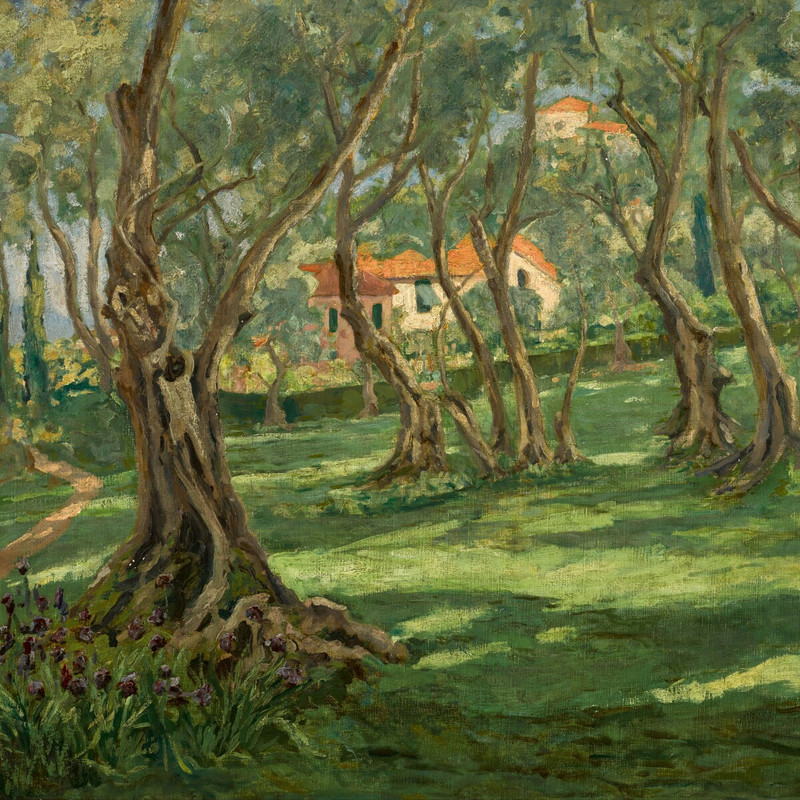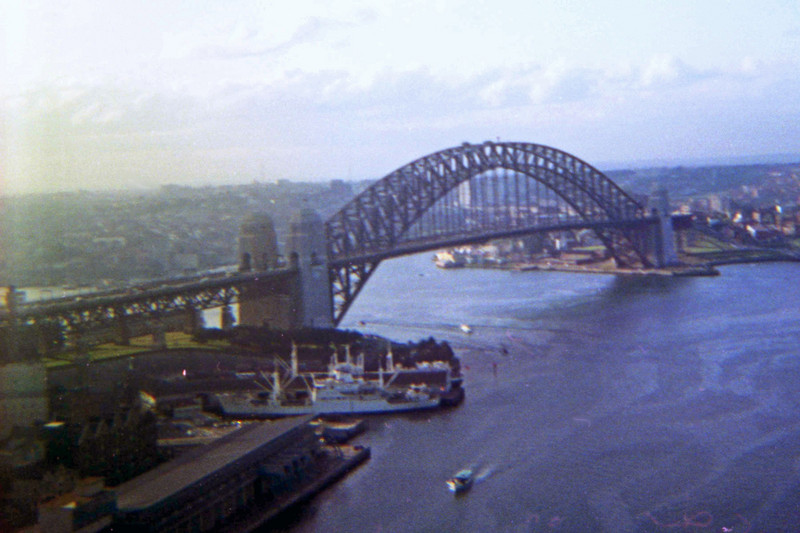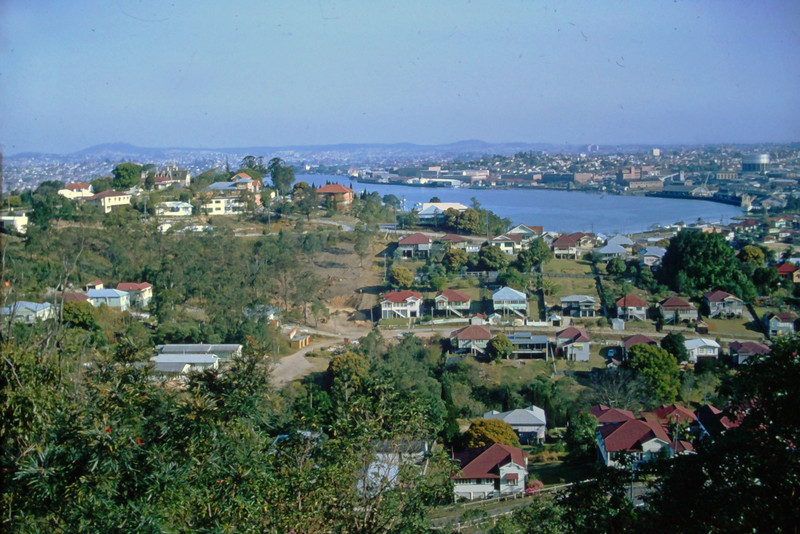I am not sure it is possible to see everything of interest in London. We skipped the art museums, the Shakespeare and Dickens and Sherlock Holmes sites, and many other worthwhile attractions. But we did feel we had at least picked the fruit, and so on Monday morning we went out to Heathrow, rented our car, and drove off to tour southern England. Our first stop was to be Chartwell, Winston Churchills home for over 40 years, from his purchase of the estate in 1922 until just shortly before his death in 1965.
Churchill is a personal favorite. His History of the Peoples is masterful. He covers the American Civil War in a single chapter, and it is the best description of the conflict I have ever read. His prose is luminous, and in my view surpassed only by one other writer, Edward Gibbon (The History of the Decline and Fall of the Roman Empire). Both are long reads, but I can heartily them.
I dont know quite what I expected at Chartwell, but it far exceeded my expectations.The house itself, while large, is not an overwhelming mansion, but more of a livable size. It
is the grounds ones attention. Formal and less formal gardens surround the house, giving way to greenspace that falls off in undulating hills into a nearby valley, along the way creating copses of trees, small dells, a few ponds, and copious areas of meadow. It is the kind of space you visualize when you picture the English countryside. From a vantage point on his back patio, Churchill would have been master of just about everything he saw. Much of this is reflected in his paintings. I have long known that he was an ardent artist. What had to my notice is that he was actually quite a good one. Not everything he did is a masterpiece, but there are paintings of his that would not look out of place in an impressionist museum such as the Musee dOrsay, and many that I would love to own. The house contains several of his original paintings.
The house itself concerns itself more with Churchill the husband, father, and grandfather, and much less with his more public activities. Churchill bought the estate in 1922, and it remained his principal place of residence until October 1964, by which time
he had so frail that he was no longer able to live in an estate so far from the city, and so moved to London. He died in January 1965. The house dates back to 1382, but it is unknown how much of the present structure is very old. Certainly it had grown to a larger mansion by 1848 during the time of one sale, and then Churchill had to have it extensively repaired and strengthened after his purchase. Although Churchill was never impoverished, there were several times in his lifetime that he suffered financial downturns and considered selling the property. In 1946 a group of friends purchased the property for the National Trust with the provision that the Churchills would enjoy life tenancy. In 1965 Clementine Churchill departed the property and turned it over to the Trust. At Churchills directions, the contents were preserved and mostly date back to the early days of his occupancy. Churchill and his wife occupied the property from 1924 until shortly before his death except when he was in residence at 10 Downing Street or on foreign assignment, and it was here that he wrote most of his great published work, including all
of his World War II volumes. It was also here where he temporarily made his living by dictating newspaper dispatches and columns. He would get in a tub and dictate to a secretary outside the bathroom, who would take it down in shorthand and then transcribe it. He described it as the period when he was literally living from mouth to hand.
Finding ourselves with some time, we decided to shorten tomorrows journey by visiting the white cliffs of Cover today. Jim had never seen them before, although the rest of us had. But it was nice to take a fresh look. The cliffs are up to 350 feet high, and are mirrored by the Alabaster Coast of France.
Travelmates near









